Geology Reference
In-Depth Information
◗
Figure 10.12
Plunging Folds
Axial
plane
Youngest exposed rocks
Oldest
exposed
rocks
Angle of
plunge
Axis
Plunging
anticline
Plunging
syncline
Plunging
anticline
a
A plunging fold.
b
Surface and cross-sectional views of plunging folds. The long arrow is
the geologic symbol for a plunging fold; it shows the direction of plunge.
Image not available due to copyright restrictions
western margin of the Basin and Range is bounded by nor-
mal faults, and the range has risen along these faults so that
it now stands more than 3000 m above the lowlands to the
east (see Chapter 23). Also, an active normal fault is found
along the eastern margin of the Teton Range in Wyoming,
accounting for the 2100-m elevation difference between
the valley floor and the highest peaks in the mountains
(
kilometers.) On this fault, a huge slab of Precambrian-age
rocks moved at least 75 km eastward and now rests upon
much younger Cretaceous-aged rocks (see Geo-inSight on
pages 262 and 263).
Strike-Slip Faults
Strike-slip faults
, resulting from
shear stresses, show horizontal movement with blocks
on opposite sides of the fault sliding past one another
(Figure 10.3c; Figure 10.16d). In other words, all movement
is in the direction of the fault plane's strike—hence the
name
strike-slip
fault. Several large strike-slip faults are
known, but the best studied is the San Andreas fault, which
cuts through coastal California. Recall from Chapter 2 that
the San Andreas fault is called a
transform fault
in plate
tectonics terminology.
Figure 10.17).
Reverse and thrust faults result from compression
(Figure 10.3a; Figure 10.16b, c). Large-scale examples of
both are found in mountain ranges that formed at con-
vergent plate margins, where one would expect compres-
sion (discussed later in this chapter). A well-known thrust
fault is the Lewis overthrust of Montana. (An overthrust
is a low-angle thrust fault with movement measured in
◗
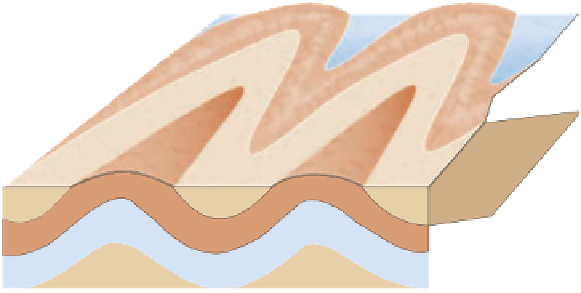
































































































































































































































































































































































































































































































































































































































































































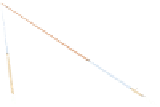










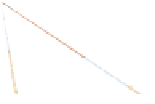




























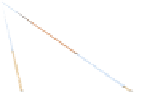










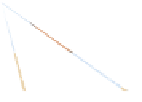













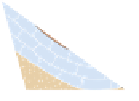















































































































































Search WWH ::

Custom Search